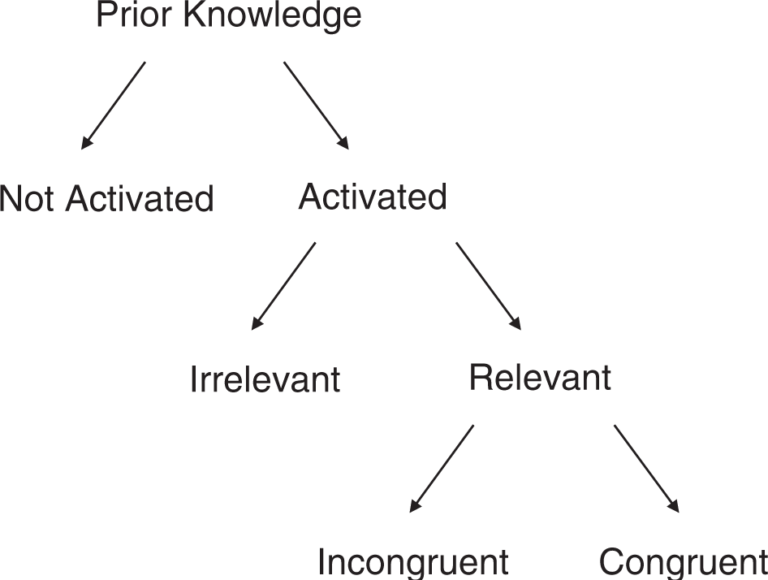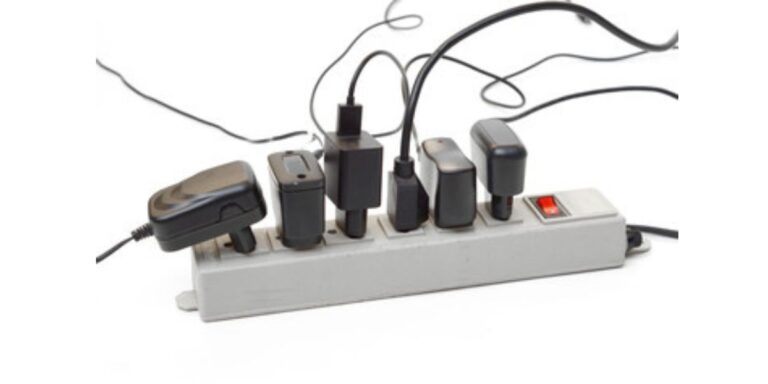What is silicone foam sheet used for?
What is Silicone Foam?
Silicone foam stands out in the realm of materials for its exceptional versatility and unique properties. This lightweight yet durable foam is primarily composed of silicone elastomers, which allow it to maintain flexibility across a broad temperature range, from extreme cold to intense heat. Its resilience against environmental factors like UV radiation, ozone, and moisture enhances its longevity, making it an ideal choice for demanding applications in industries such as automotive, aerospace, and electronics.
Moreover, the closed-cell structure of silicone foam provides excellent thermal insulation and sound absorption capabilities. This means it not only protects sensitive components from external temperature fluctuations but also minimizes noise pollution—a feature increasingly valuable in urban environments where peace and quiet are at a premium. Additionally, silicone foam’s hypoallergenic nature ensures that it’s safe for use in medical devices or products intended for sensitive skin. Such attributes position silicone foam as more than just a functional material; it embodies innovation that meets the challenges of modern design while prioritizing sustainability and health.
Common Applications in Automotive Industry
Silicone foam sheets are increasingly becoming indispensable in the automotive industry, where they serve multifunctional roles that enhance both vehicle performance and user comfort. Their lightweight yet durable nature makes them ideal for applications like vibration dampening and thermal insulation, crucial for maintaining optimal engine temperatures and reducing noise levels within the cabin. By integrating silicone foam into various components, manufacturers can significantly improve energy efficiency while adhering to safety regulations.
Additionally, these versatile materials contribute to sealing applications, providing superior resistance to environmental factors such as moisture, chemicals, and extreme temperatures. This not only prolongs the lifespan of automotive parts but also ensures a secure fit that minimizes air leaks—key for fuel-efficient designs. Innovation in silicone formulations has also opened up avenues for greater customization; automakers can now tailor foam densities and textures to meet specific needs while enhancing aesthetic appeal. Ultimately, incorporating silicone foam sheets represents a holistic approach to modern automotive engineering that prioritizes sustainability alongside functionality.
Use in Aerospace and Aviation Sectors
In the aerospace and aviation sectors, silicone foam sheets are not just functional components; they represent a fusion of innovation and safety. These materials provide excellent thermal insulation, which is crucial in applications where temperature fluctuations can significantly impact performance—such as in engine compartments or electronic enclosures. Silicone’s unique resistance to extreme temperatures ensures that parts remain reliable under challenging operating conditions, contributing to the overall durability of aircraft systems.
Moreover, silicone foam sheets offer remarkable weight-saving benefits without compromising strength or effectiveness. In an industry where every ounce counts towards fuel efficiency and performance, replacing heavier materials with lightweight silicone alternatives can lead to considerable savings and enhanced operational capabilities. Their innovative use extends beyond insulation; combined with their flexibility, these foams are employed for vibration dampening and sealing applications, ensuring both passenger comfort during flight and protecting sensitive electronic equipment from impacts. As aerospace technology advances toward greater efficiency and sustainability goals, the versatility of silicone foam sheets positions them as essential allies driving these developments forward.
Benefits for Electrical Insulation Purposes
Silicone foam sheets stand out as a premier choice for electrical insulation due to their exceptional dielectric properties and resistance to environmental stressors. Unlike traditional insulation materials, silicone foams can maintain their functionality across a wide temperature range, from extreme cold to intense heat. This resilience ensures that they continue to perform effectively in challenging conditions, making them ideal for applications in automotive, aerospace, and industrial sectors where fluctuations in temperature are common.
Another significant advantage of silicone foam sheets is their ability to act as moisture barriers. In environments prone to humidity or exposure to harsh chemicals, these sheets provide a reliable shield against water ingress and corrosion of electrical components. Their inherent flexibility allows them to easily conform around intricate shapes within machinery while delivering consistent protection against abrasion and impact. By investing in silicone foam insulation solutions, companies not only enhance the longevity of their equipment but also improve safety by reducing the risk of electrical failures or short circuits caused by environmental factors.
Role in Construction and Building Materials
Silicone foam sheets have emerged as a game-changer in the construction industry, offering unique properties that enhance the durability and efficiency of building materials. Their exceptional thermal insulation capabilities allow for reduced energy costs in heating and cooling systems, making them an eco-friendly choice for modern architecture. Moreover, these sheets are naturally resistant to moisture and mold, ensuring that structures remain safe and sound over time while extending the lifespan of essential components.
In addition to insulation, silicone foam’s flexibility provides builders with creative design possibilities. It can be molded into various shapes and thicknesses, allowing architects to incorporate it seamlessly into walls, ceilings, and even flooring solutions. The lightweight yet sturdy nature of silicone foam also simplifies installation processes while minimizing waste – a crucial factor in sustainable construction practices. As more professionals recognize these advantages, we can expect silicone foam sheets to play an increasingly vital role in revolutionizing how we build our environments.







